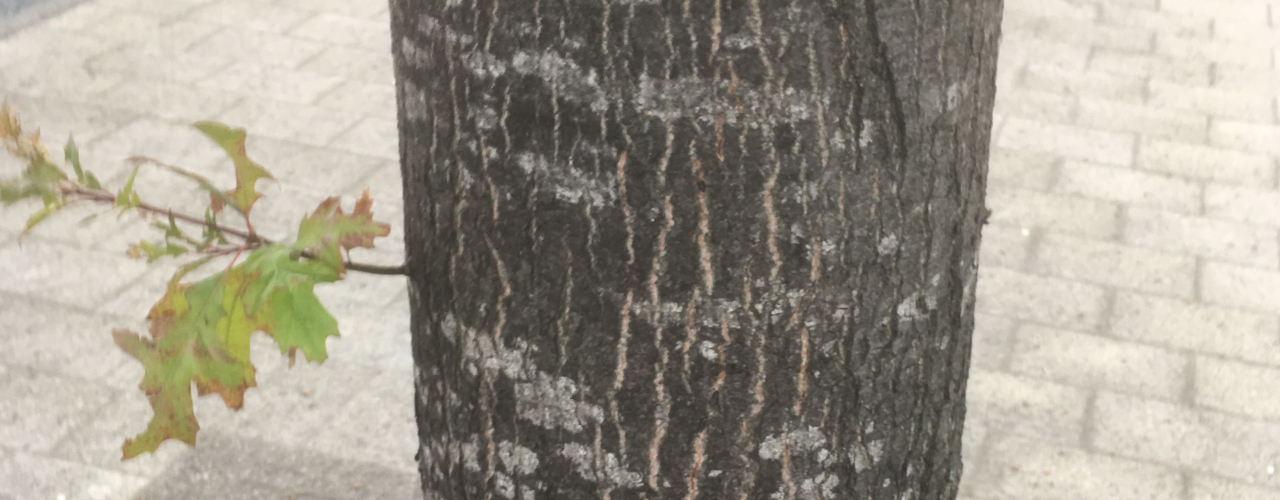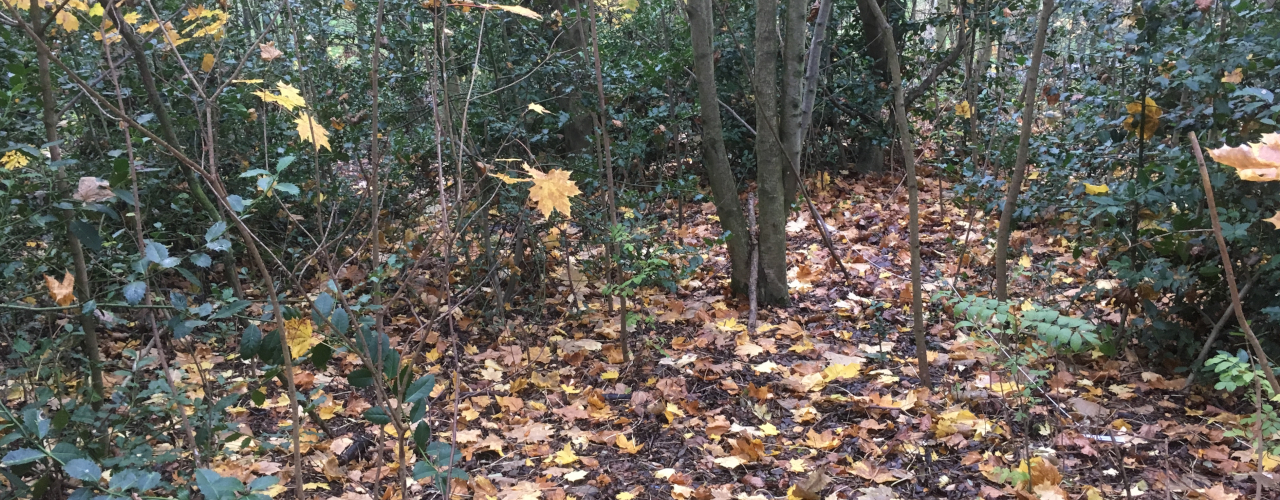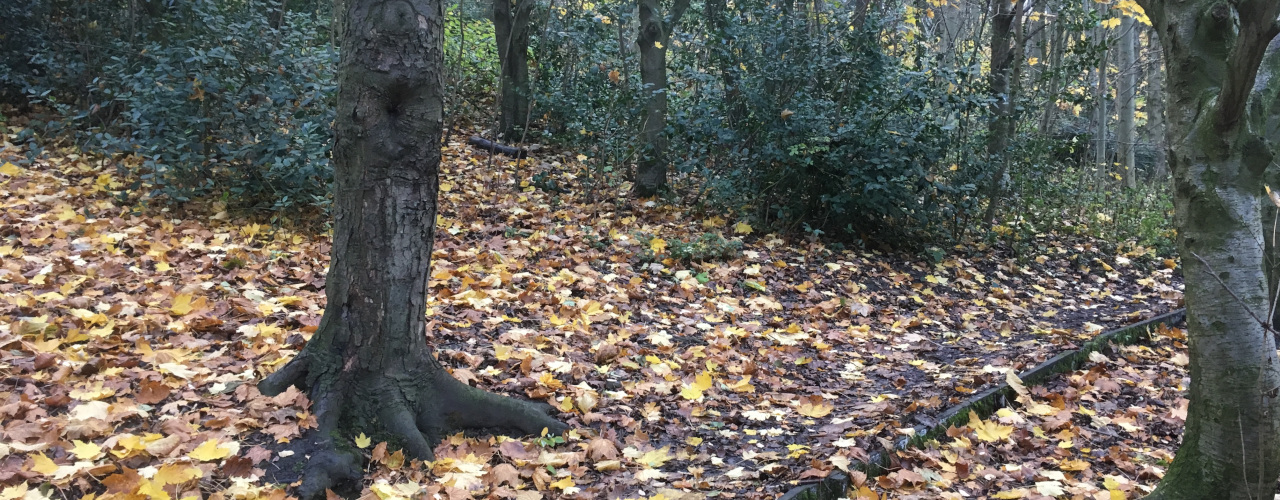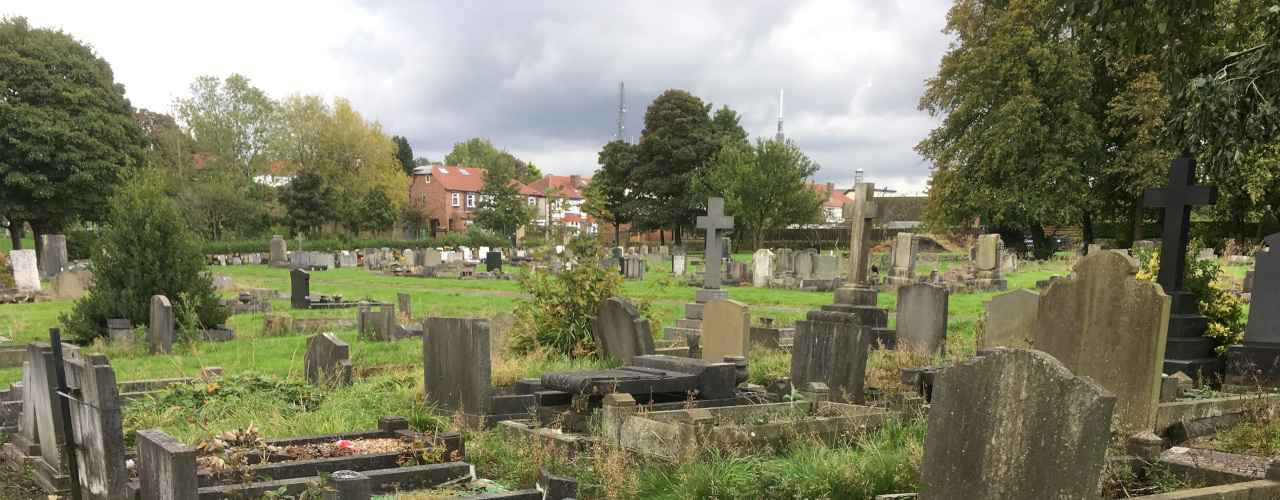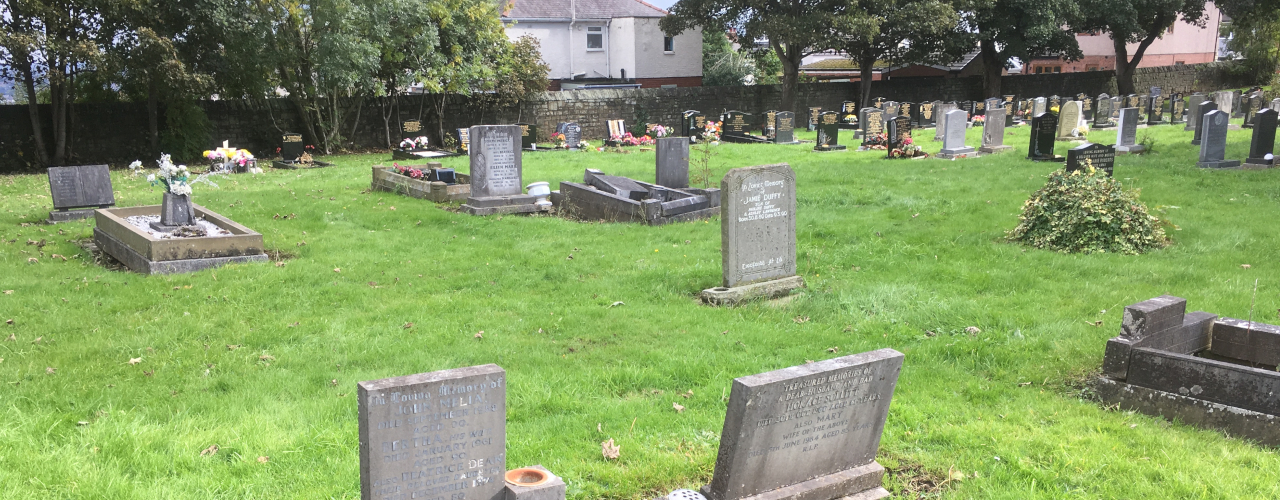Designing With Tree Bark (Part 4) - Visual Acuity
With a bit of understanding about human vision and acuity, we can provide definitive distances for the viewing of tree bark.
Acuity is the detail which a person can perceive from a distance. A higher acuity would mean being able to perceive detail from a larger distance. 6/6 vision (or 20/20) is equivalent to an acuity of 1.0.
Using the equation:
acuity = 1/gap size in arc minutes, while understanding that 1 arc minute is 1/60°, and that the gap size is the size of the texture detail
along with the equation:
visual angle in degrees/360 = arc length/2πr, which is the relationship between a circle, it’s radius and the length of the arc
We can rearrange and combine these equations to get:
The maximum viewing distance is the maximum distance at which 2 adjacent lines are distingiushable from each other, i.e. the maximum distance at which certain levels of textural detail can be seen by the human eye.
All that needs to be known is the size of the bark texture, and the vision of the person viewing it. See figure 1 to see how this has been applied in a landscape context.
In the calculations for figure 1 we have assumed not all people viewing the surface will have perfect vision, and as such have been inclusive of people with moderately impaired vision, which on the lower end of the scale would have a acuity of 0.125 (International Council of Ophthalmology, 2002).
As you might expect, people with more severe visual impairment (a lower acuity value), would have a lower maximum distance for viewing.
The ‘minimum detail size’ can be considered the smallest distance you want to be viewed, be it a block of colour in the bark, distance from one fissure to another, or width of a strip of peeling bark.
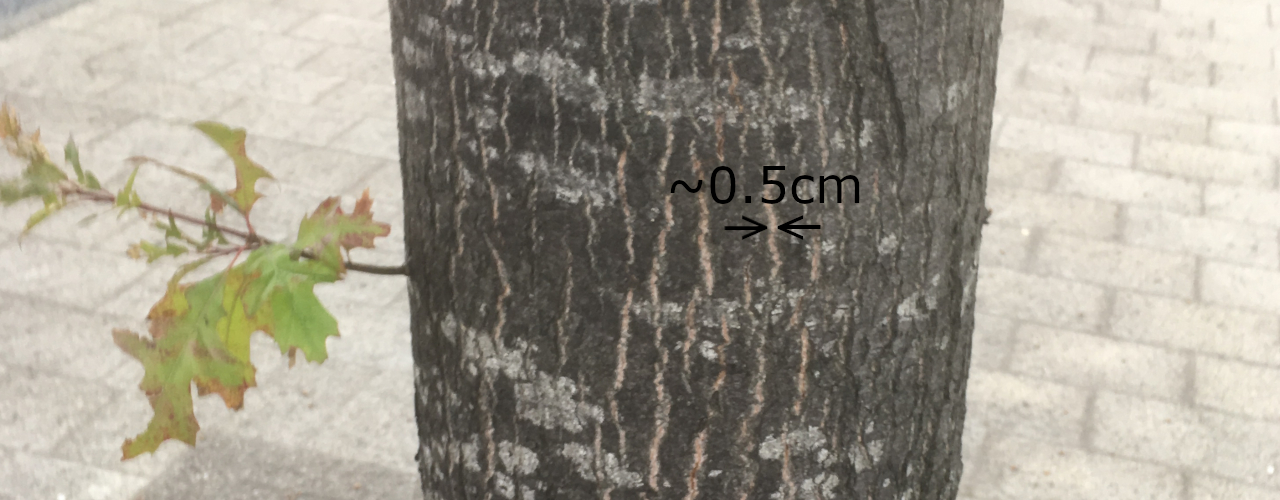
Unfortunately, the sizes/scale of bark patterns are not very well recorded, so the values in the table are just estimations I’ve made based on site visits and internet images. For more accurate readings, take measurements of bark textures when you’re out and about.
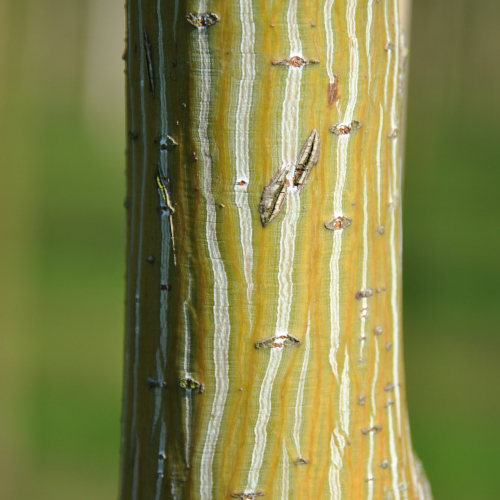
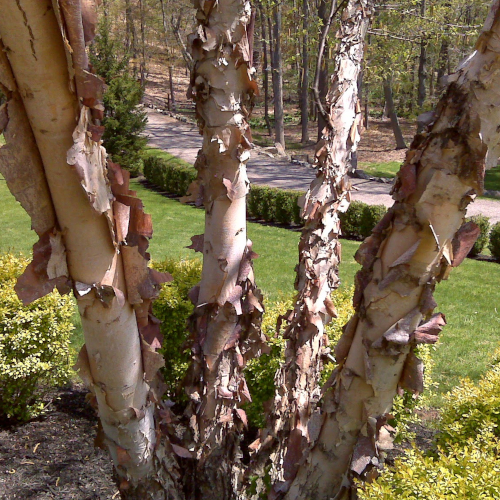
Whilst detail size is somewhat dependant on species, the age of the specimen is also an important factor, as bark changes over time. As such the example species in figure 1 are not representative of all age ranges. Fortunately for many species of trees (especially those with rough/fissured bark), the visual interest of bark often improves over time, therefore becoming more apparent over larger distances.
You can also see from figure 1 that predictably the smaller the detail in the bark texture, the closer you need to be to see it clearly. These distances can be used to position trees relative to the static (seating), or slow moving (pedestrian paths) spaces.
This demonstrates why trees with bark interest are so valuable in play areas – the extreme proximity of children with trees provides optimal viewing opportunities of the bark and provides the sensory variety considered especially beneficial within play areas.
However, it is important to realise that these theoretical calculations are just that – theoretical – and do not necessarily take into account other factors such as shading, directional shadows and colour, which could alter how and at what distances these textures are perceived. Further research and testing in the real world would be beneficial.
